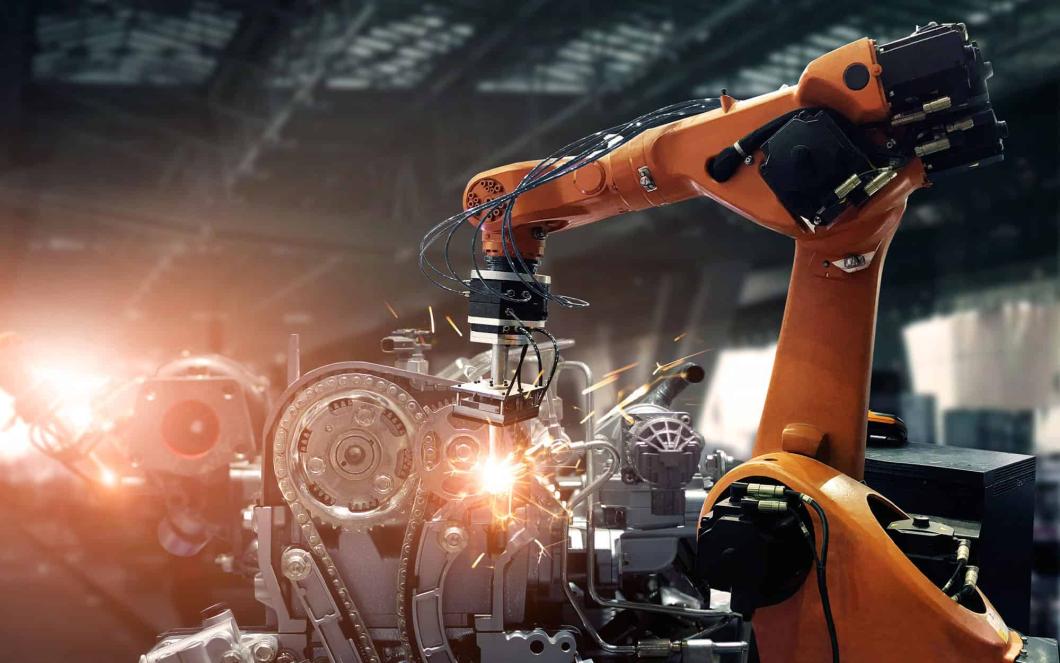How Can We Ensure That AI and Robotics Are Used for Good and Not for Evil?
As artificial intelligence (AI) and robotics continue their rapid evolution, they bring about both immense promise and potential perils. This article delves into the intricate relationship between AI, robotics, and ethics, exploring strategies to harness their transformative power for the betterment of humanity.

Risks And Concerns Associated With AI And Robotics
Unintended Consequences:
- AI and robotics systems can lead to unintended harm or disruption due to unforeseen circumstances or errors in programming.
- AI algorithms may perpetuate biases or lead to discriminatory outcomes, exacerbating existing social inequalities.
- Autonomous weapons systems raise grave concerns about the risks of automated warfare and the need for careful consideration of their implications.
Job Displacement and Economic Inequality:
- The integration of AI and robotics into the workforce may result in job displacement, particularly in sectors involving routine and repetitive tasks.
- This displacement can lead to widening economic inequality, further marginalizing vulnerable populations.
- Proactive policies are needed to mitigate these negative impacts, including reskilling and upskilling initiatives to help workers adapt to the changing job market.
Privacy and Data Security:
- The increasing reliance on AI and robotics necessitates robust measures to protect personal data and privacy.
- Data breaches and the potential misuse of AI systems for surveillance or manipulation pose significant risks to individuals and society.
- Responsible data collection, storage, and usage practices are essential to safeguard privacy and prevent the abuse of AI and robotics technologies.
Strategies For Ensuring Ethical And Responsible Use Of AI And Robotics
Regulation and Policy:
- Government regulations and policies play a crucial role in shaping the development and use of AI and robotics.
- Ethical guidelines, certification requirements, and liability frameworks can help ensure responsible AI and robotics practices.
- International cooperation and harmonization of regulations are essential to address the global implications of AI and robotics.
Industry Self-Regulation and Standards:
- Industry self-regulation and the development of ethical standards are vital for promoting responsible AI and robotics practices.
- Voluntary codes of conduct and best practices can guide companies in developing and deploying AI and robotics systems.
- Mechanisms for enforcing these standards and ensuring accountability are necessary to ensure compliance and prevent unethical practices.
Education and Awareness:
- Public education and awareness campaigns are essential to inform society about the potential benefits and risks of AI and robotics.
- Teaching ethical considerations in AI and robotics development and deployment is crucial for fostering responsible practices.
- Initiatives to promote responsible AI and robotics practices among professionals and the general public can help create a culture of ethical innovation.
Ensuring the ethical and responsible use of AI and robotics requires a multifaceted approach involving governments, industries, academia, and civil society. Proactive and collaborative efforts are needed to mitigate risks, promote transparency, and harness the transformative power of AI and robotics for the benefit of humanity. Continued dialogue and research on the ethical and responsible use of AI and robotics are essential to navigate the complexities of this rapidly evolving field.
YesNo

Leave a Reply